TALES OF MY MOTHER
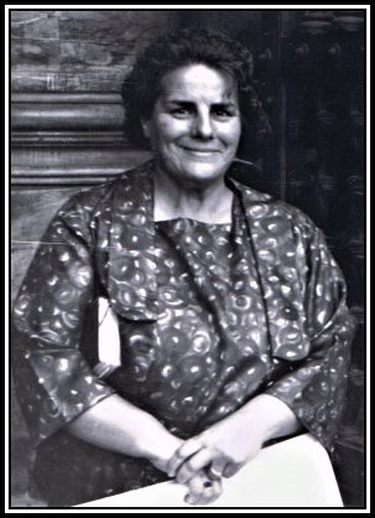 My Mother – a great woman who was never given the opportunity to …….
My Mother – a great woman who was never given the opportunity to …….
-oOo-
TALE ONE: MY MOTHER’S WAR YEARS
During the 1970s, I was lucky enough to live in Paris. Without doubt the city is spectacular with magnificent architecture and remarkable history. The Parisians are proud of their city and many were not bashful to tell me how much more beautiful it was compared to London!
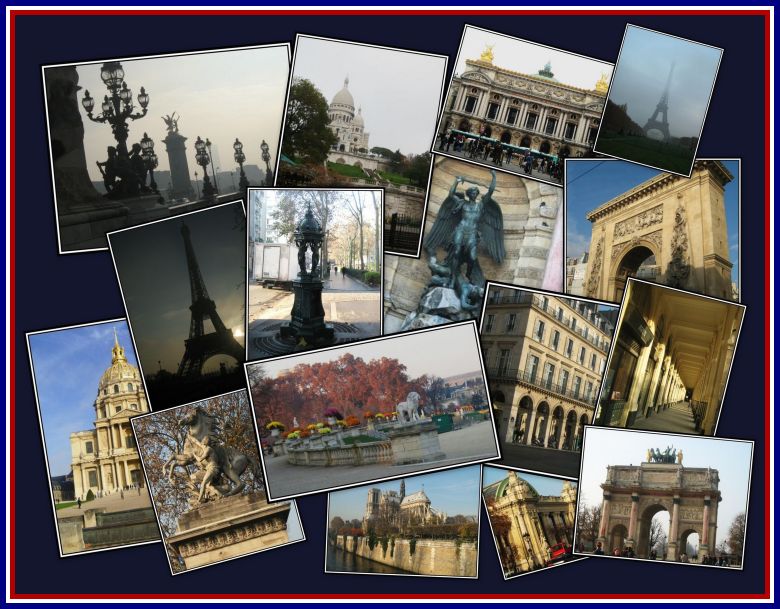
Some of the Major Sites of Paris
I thought about their comments and soon realized that what they said was true. During a visit back to London, I found myself wandering around the East End and noting all the new and often ugly buildings that had appeared since World War II. As I looked at the new buildings that seemed to be everywhere in the City of London and in the East End, I became aware why Paris was more beautiful!
London, and the East End in particular, suffered tremendous destruction during the war. Like so many other cities in Europe, massive amounts of explosives were dropped on London and this led to the destruction of whole neighbourhoods and many monuments, as well as the loss of life. The Nazis believed that if they bombed London, the people of the city and of the country would be so devastated that they would surrender. As much as Londoners may have loved the city, they valued their freedom far more and chose the destruction of the city over surrender. It is said that Hitler was shocked at the resilience of the average Londoner. Even the King and Queen had their palace bombed and although much was lost, they were proud to share kinship with the average East Ender where so many had lost their homes, their loved ones and even their lives.
Yes Paris may be more beautiful and some areas may look much as it did several hundred years ago and, as a result, people may flock to see it, but the price that was paid to maintain this beauty was great. The average Parisian was happy to allow few bombs to drop on their city. Naturally when I began to tell the Parisians this, they tended to scamper away in shame.
-oOo-
During World War II, London was still one of Britain’s major ports and harboured merchant ships from all over the world in its many docks. Raw materials and goods were unloaded and then sent to various warehouses and places of business both in the city and the country. As a result of the Docks being in the East End, the area became a major target for the Luftwaffe.
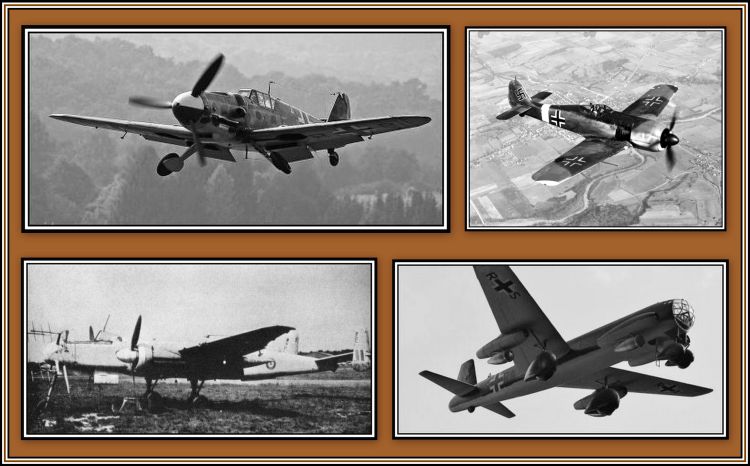
Aeroplanes used by the Luftwaffe
Once the threat of war became imminent, a policy of evacuation of children and civilians involved in non-essential activities was introduced in an attempt to save them from future bombings. According to records, some 1.4 million people were evacuated, however a number returned to London preferring to face whatever Hitler had to throw at them than remain separated from many of their family members. Londoners were resilient despite the heavy bombing that they had to endure during The Blitz. Regular bombings occurred again in 1943 when the V-1 attacks began.
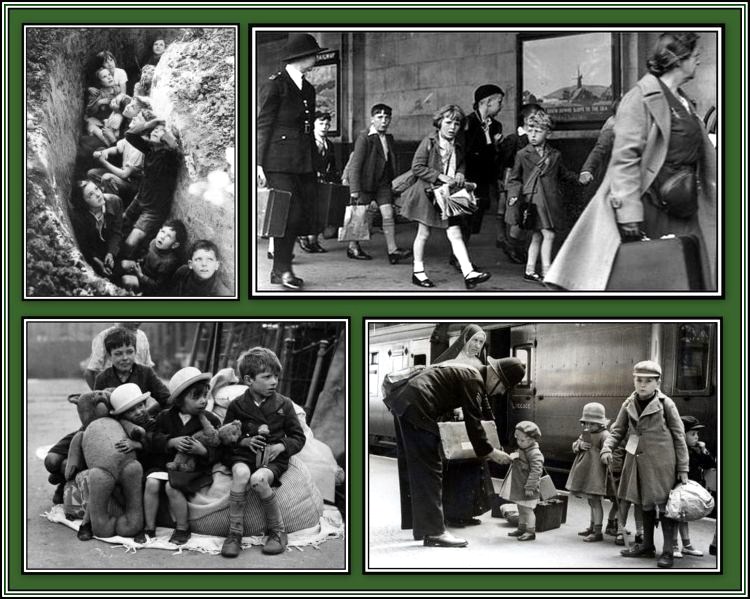 Evacuation
Evacuation
-oOo-
I was born in 1943 and whenever there was an air raid at night, which was often, my Mother had to get grab me and the things I would need and make her way to an air raid shelter. The enemy preferred to bomb on nights when there was no moon and especially when the level of the River Thames was low.
Once the Nazis developed the V-1 and V-2 bombs, which required no pilot, bombing occurred at any hour of the day. These bombs, commonly called doodle bugs, were especially demoralizing to the people of the East End. They could be heard overhead as they headed towards their target. Then quite suddenly, their sound would disappear, signaling that the bomb was heading to its point of contact. Apparently, people waited, as if frozen to the spot, as they listened for impact to be made. Sadly, there was nothing to inform them where it would land.
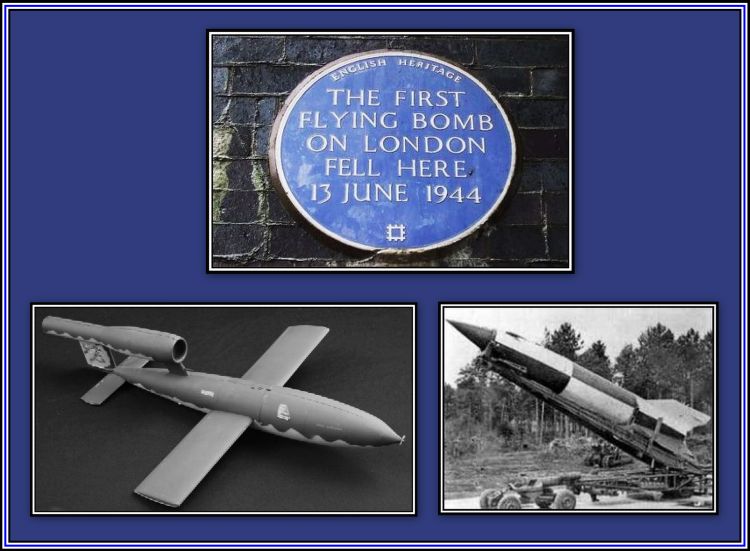
Top Row: The First V1 Fell on Grove Road, London E3
Bottom Row: left, V1; right, V2
The Blitz is the name given to the sustained heavy bombing by the Luftwaffe of London. This lasted for seven months, between September, 1940 and 10 May, 1941. During this time, London was bombed on seventy-six consecutive nights. This caused the destruction and damage of at least one million homes and the deaths of over 20,000 people in the city alone. Another 20,000 were killed elsewhere in Britain during this time.
-oOo-
As terrible as all wartime bombings and disasters are, one smaller disaster occurred just before I was born in the area of London where I come from. I was born in Bethnal Green, which is in the heart of the East End. I am a real Cockney, being born within the sound of Bow Bells. It was here that possibly the worst wartime disaster in Britain occurred. Although induced by an air raid in 1943, it was not the result of direct hits by German bombs, but the result an unfortunate series of events and miscalculations.
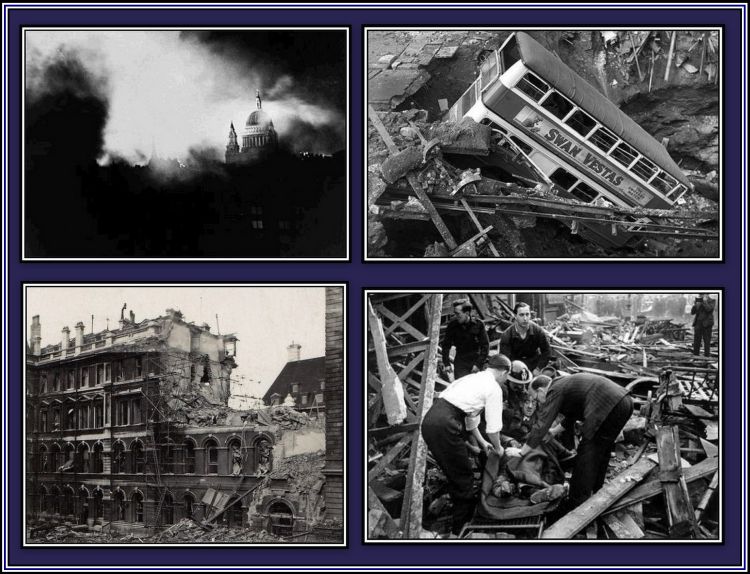
Bombing of the East End & Docklands
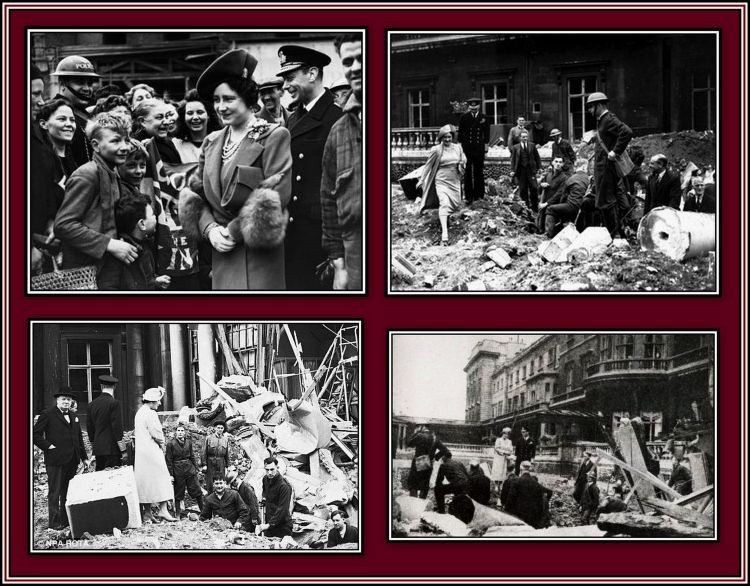 The Bombing of Buckingham Palace
The Bombing of Buckingham Palace
-oOo-
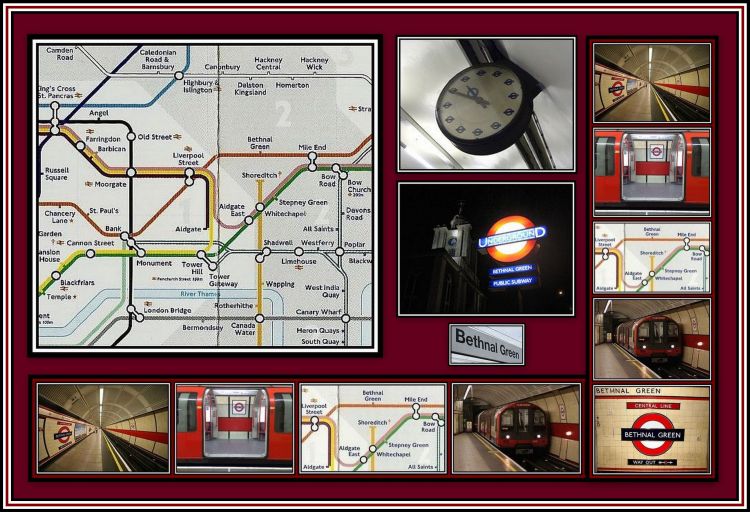
When war first broke out, my Mother lived close to the Bethnal Green Underground Station. The station was not officially open as an official underground station during the war, but served as a huge air raid shelter with its tunnels being used as underground factories and for accomadation. My Mother would go there on occasion when there was an air raid if she was not on fire-watching duty. My Mother said that the station was popular as a shelter at the start of the war, but soon people preferred to go to smaller shelters close to their homes. By 1943, the shelter tended to be filled only when retaliatory bombing by the Luftwaffe took place, which occurred whenever the R.A.F. bombed German sites particularly heavily.
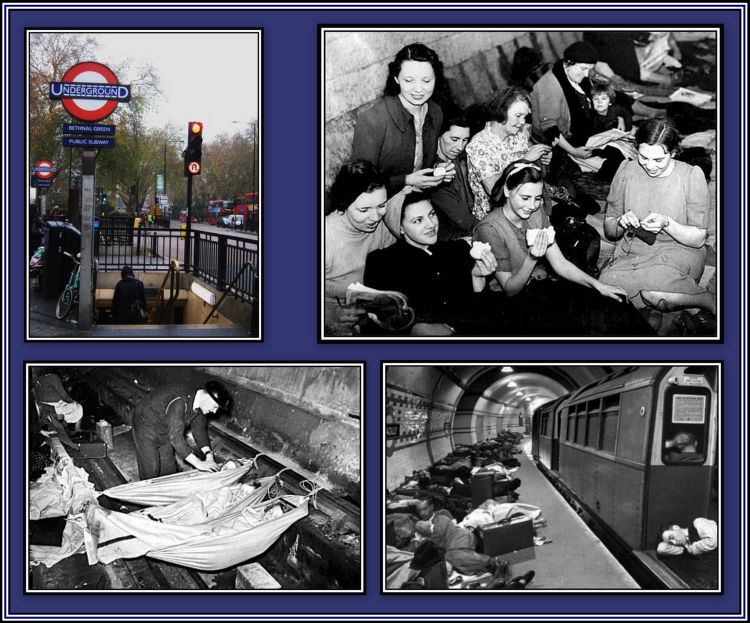
Life in the Air Raid Shelter
